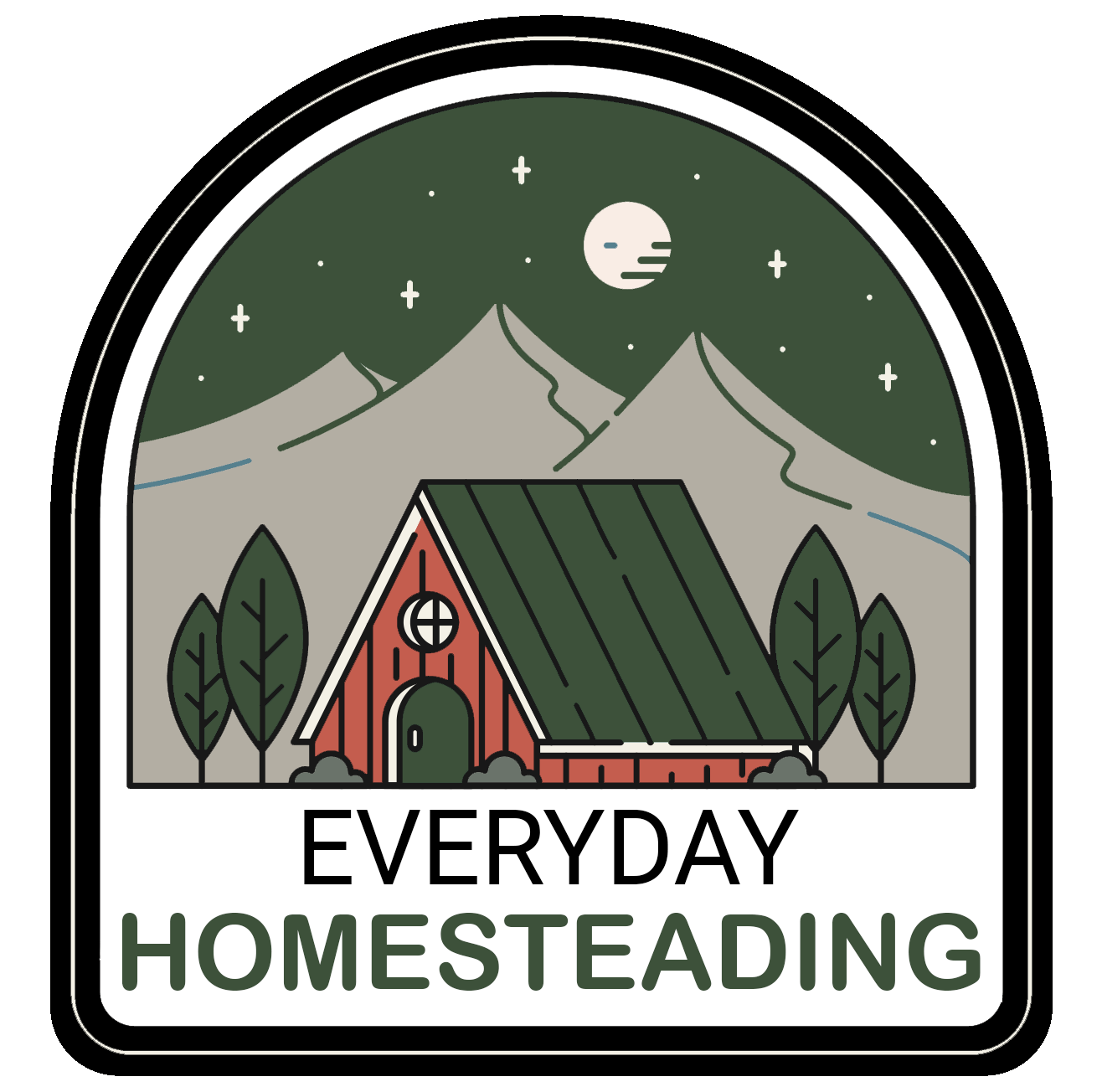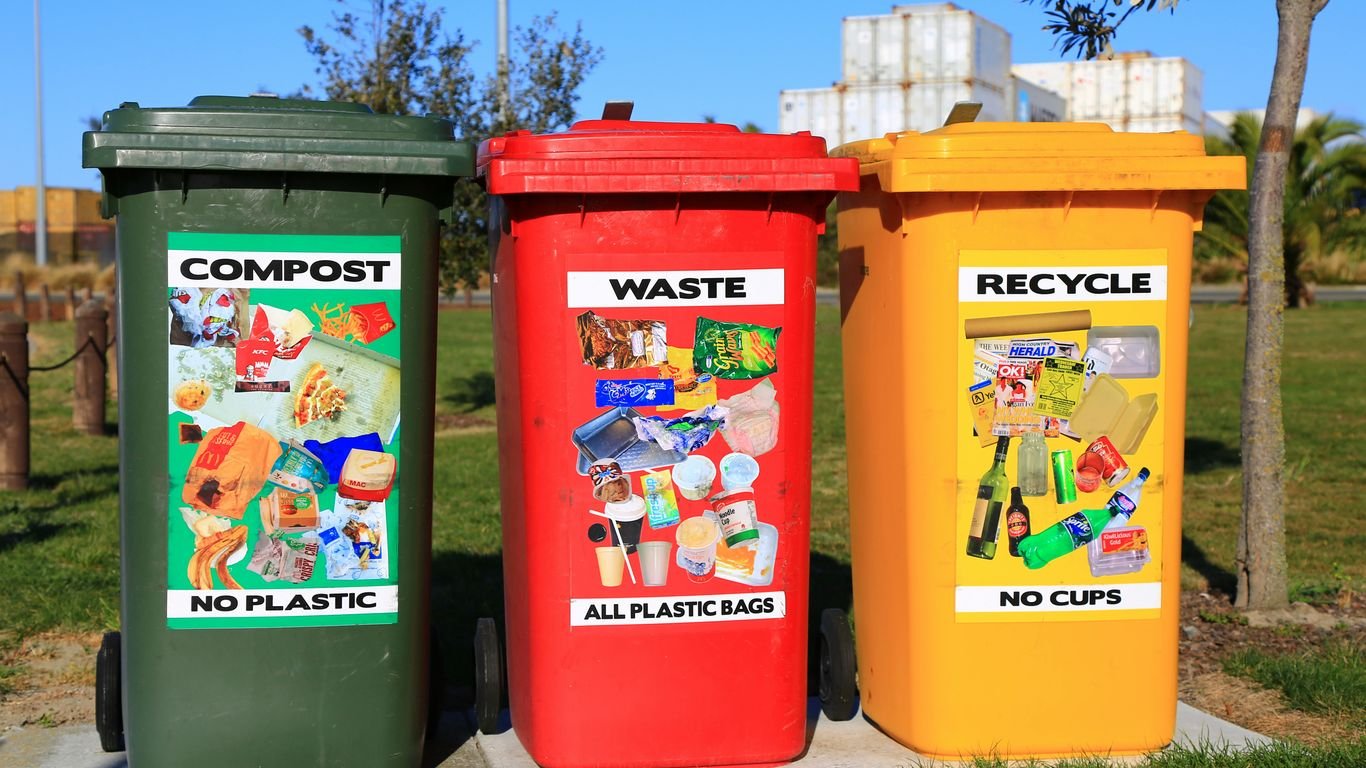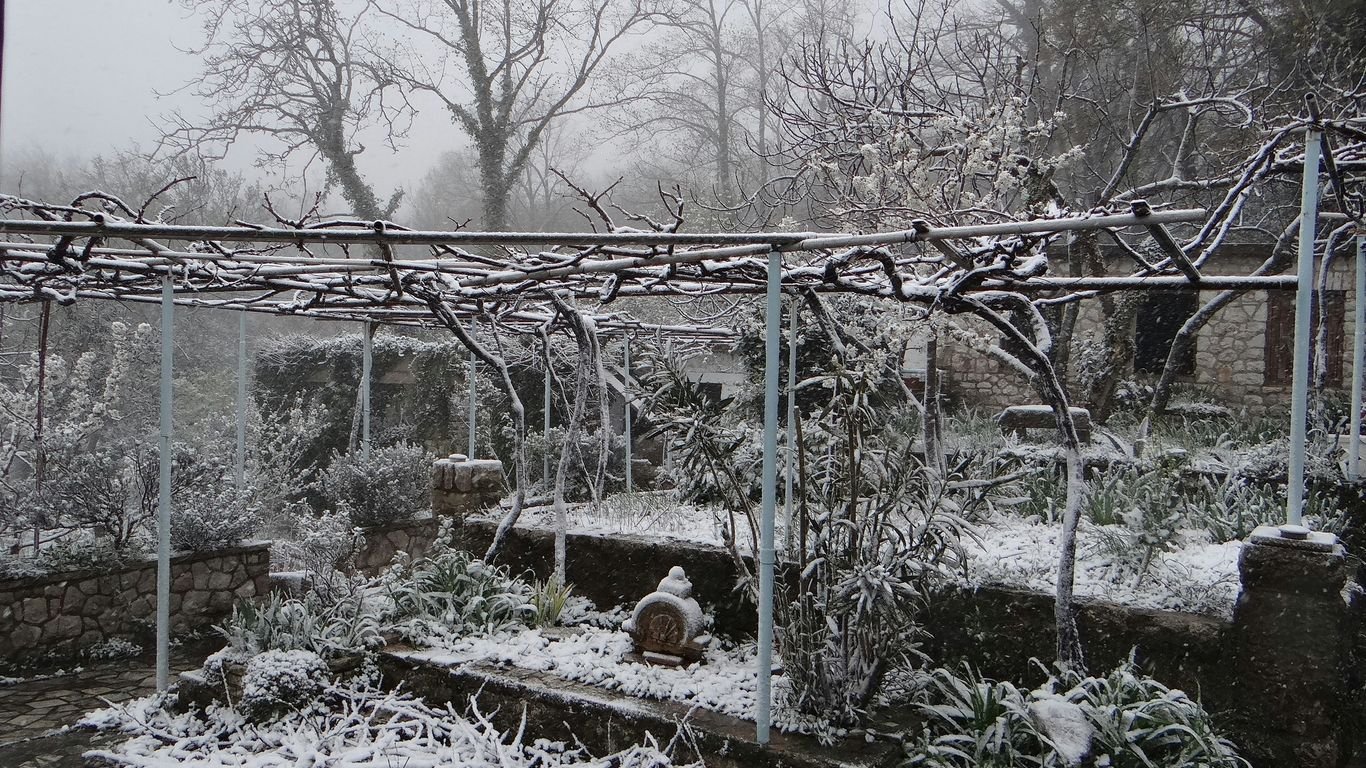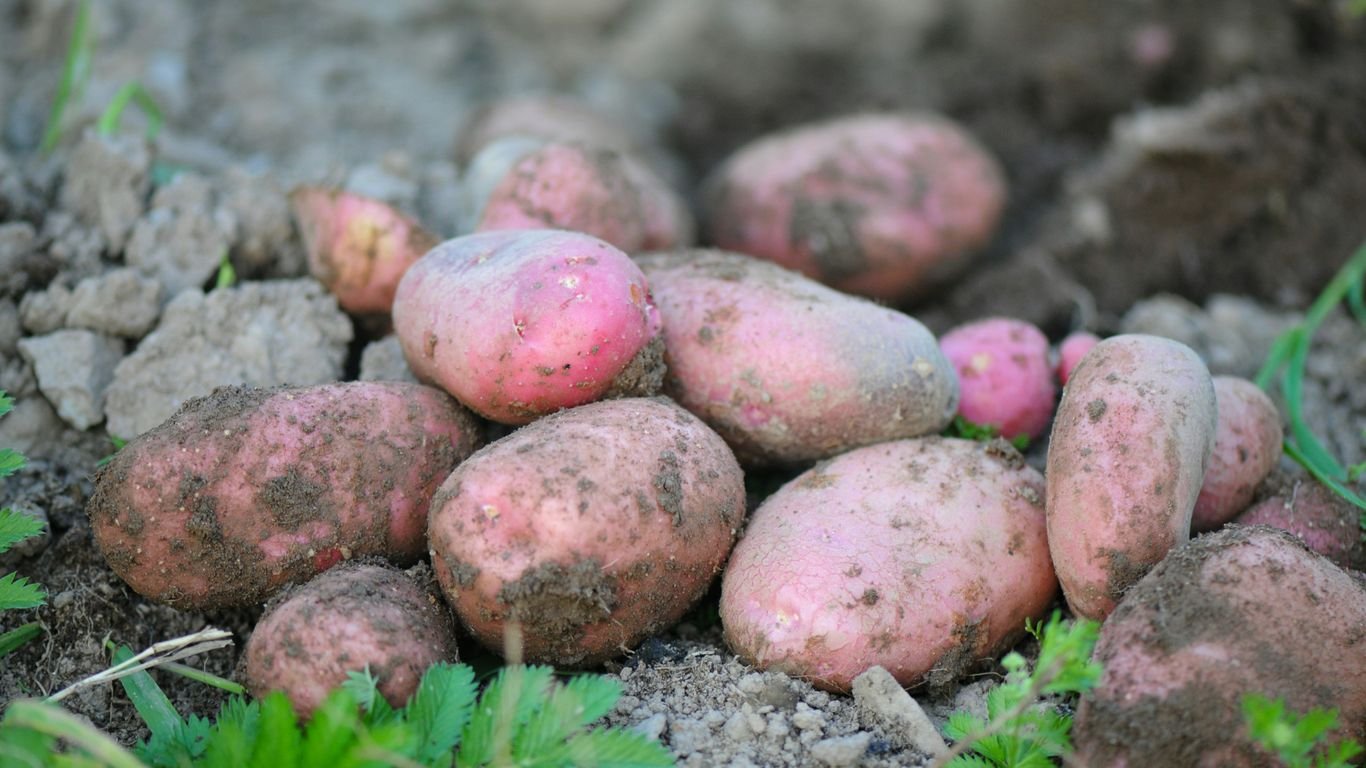Zone 9 Winter Gardening Guide: What to Plant in December and January

We’re diving into the heart of winter in Zone 9, and while some folks are putting their gardens to bed, we’ve got plenty of opportunities to keep our hands in the soil. This zone 9 winter gardening guide is all about making the most of December and January, from harvesting what’s left to planning for the spring. It’s a special time for us, where the chill actually makes some crops taste better, and the quiet months are perfect for getting ready for the next big growing season. Let’s see what we can plant, protect, and prepare.
Key Takeaways
- In Zone 9, December and January are prime times for harvesting frost-sweetened crops like kale and Brussels sprouts, and for protecting any tender plants from the cold snaps.
- We can use these cooler months for important soil preparation, like adding organic matter, which sets the stage for a more bountiful spring.
- January is ideal for planning our next garden, ordering seeds, and planting early spring vegetables and flowers that can handle the cooler temperatures.
- We should keep our gardening tools in good shape and stored properly over winter, and stay vigilant for any lingering pests.
- Utilizing row covers and cold frames can extend our harvest season, and keeping good garden records will help us improve our planting strategies year after year.
Embracing December’s Chill: Your Zone 9 Winter Gardening Guide
December in Zone 9 is a time when things really start to slow down, but that doesn’t mean we have to stop gardening altogether. In fact, it’s a fantastic month for harvesting some of the best flavors of the season and getting a head start on preparing for spring. We can still enjoy a lot from our gardens, even as the temperatures drop.
Harvesting Frost-Kissed Delights
Don’t be too quick to pull out those cool-season crops just because the calendar says winter is here. Many of them, like broccoli, Brussels sprouts, cabbage, collards, and kale, actually taste better after a bit of frost. That chill sweetens them up, making them even more delicious. We should keep harvesting these as long as they look good. If we want to push it even further, setting up a low tunnel can really help extend the season for these hardy veggies.
Protecting Your Precious Plants
While many of our winter crops are tough, we still need to keep an eye on the weather. December can bring our first real frost, and sometimes even a hard freeze. It’s smart to have some frost cloth or row covers ready to go. We can use these to protect more tender plants, like citrus trees or any herbs we want to keep going, from sudden cold snaps. It’s better to be prepared than to lose plants we’ve worked hard to grow.
Soil Preparation for Spring’s Bounty
December is also a great time to think about the soil. If we haven’t already, we should collect soil samples from different parts of our garden. Getting these tested now means we’ll have the results back in time to plan our spring fertilization. We can also start amending the soil. Spreading a layer of compost, shredded leaves, or aged manure over the beds now gives it plenty of time to break down over the winter. This organic matter will make a huge difference in how healthy and productive our soil is when planting season rolls around again. It’s like giving our garden a good meal before its long winter nap.
January’s Promise: Planning and Planting in Zone 9

While December often brings the first real chill and a chance to catch our breath, January in Zone 9 is when we really start looking ahead. It’s the perfect time to shake off the holiday haze and get our gardening minds back in gear. We can start dreaming up next season’s garden, poring over seed catalogs, and even getting a head start on some early spring planting.
Dreaming Up Next Season’s Garden
January is our prime time for garden planning. Think about what worked well last year and what you want to try differently. Crop rotation is key to keeping our soil healthy and our plants productive, so it’s a good idea to sketch out where different vegetables will go. This is also the time to tackle any bigger projects, like building new raised beds or setting up that cold frame you’ve been thinking about. Getting these plans down on paper now means we’re ready to hit the ground running when the weather warms up.
Planting Early Spring Stars
Don’t let the cooler temperatures fool you; January is a planting month in Zone 9! We can get a jump on the season by direct sowing certain cool-season crops. Think about planting seeds for beets, carrots, peas, spinach, and various types of lettuce. These hardy vegetables can handle the cooler soil and will be ready to harvest before the heat of summer arrives. It’s also a great time to plant seed potatoes and garlic if you haven’t already. Getting these in the ground early sets us up for a fantastic spring harvest.
Here’s a look at what we can sow directly in January:
- Beets
- Carrots
- Peas
- Spinach
- Lettuce mixes
- Radishes
- Swiss chard
The Joy of Seed Catalogs
Ah, seed catalogs! January is practically synonymous with their arrival. We love flipping through the pages, imagining rows of vibrant vegetables and colorful flowers. It’s not just about picking out pretty pictures, though. This is a chance to explore new varieties, maybe try some heirloom seeds, and find those special plants that will make our gardens unique. Ordering early is important, especially if you have your heart set on specific types. We usually make a list of what we want and then compare prices and varieties before placing our orders. It’s a fun part of the process that really fuels our gardening excitement for the year ahead. You can find a great planting calendar to help you decide when to sow everything once your seeds arrive.
January is a month of quiet anticipation in the garden. While the soil might be cool, our minds are already warming up with plans for the coming growing season. It’s a time for reflection on past successes and failures, and for setting intentions for a bountiful year ahead. We can use this time to prepare our tools, amend our soil, and get a head start on planting those crops that love the cooler weather.
Cool Season Crops to Thrive in Zone 9 Winters

Even though we’re in Zone 9 and have a pretty mild winter, there are still specific crops that really do best when the temperatures drop. These are our cool-season stars, and they can handle a bit of chill, sometimes even a light frost, which actually makes them taste sweeter! We’re talking about things like broccoli, kale, spinach, and various lettuces.
Direct Sowing for Success
For some of these hardy veggies, it’s best to plant them straight into the ground. They don’t always like being moved around too much. Think about sowing seeds for carrots, radishes, and certain types of lettuce or spinach directly into your garden beds. It’s a pretty straightforward process: prepare your soil, make a little furrow, drop in the seeds according to the packet instructions, cover them up, and give them a good watering.
- Carrots: Sow seeds about 1/4 inch deep and 1 inch apart. Keep the soil consistently moist until germination.
- Radishes: These grow super fast! Plant seeds 1/2 inch deep and 1-2 inches apart. You can often harvest them in under a month.
- Spinach & Lettuce: Sow seeds about 1/2 inch deep. You can sow them a bit thicker and then thin them out later, eating the thinnings as baby greens.
Transplanting Seedlings with Care
Other cool-season crops, like broccoli, cabbage, and cauliflower, often do better when we start them as seedlings indoors or buy them from a nursery. Then, we transplant them into the garden. This gives them a head start. When you’re transplanting, make sure the soil is moist. Gently loosen the roots if they’re tightly bound, dig a hole big enough for the root ball, place the seedling in, and backfill with soil. Water them well after transplanting to help them settle in.
Herbs That Love the Cold
Don’t forget about herbs! Many of our favorite herbs actually prefer cooler weather and can be planted or will continue to grow through our Zone 9 winter. Parsley, cilantro, and chives are great examples. You can direct sow seeds for these, or if you have established plants, they’ll likely keep producing.
We find that planting these cool-season crops in the fall gives us a much better harvest than trying to plant them in late winter for an early spring crop. The soil is still warm enough from summer to give them a good start, and then the cooler weather helps them mature without bolting.
Here’s a quick look at what we often plant directly in the ground during the cooler months:
| Crop | Planting Depth | Spacing |
|---|---|---|
| Beets | 1/2 inch | 2-3 inches |
| Kale | 1/4 inch | 6-12 inches |
| Arugula | 1/4 inch | 4-6 inches |
| Turnips | 1/2 inch | 2-4 inches |
Essential Zone 9 Gardening Tasks for Winter
Winter in Zone 9 might seem like a time to rest, but there are still plenty of important tasks we can tackle to keep our gardens healthy and prepare for the coming seasons. It’s a great time to get organized and give our tools and soil some much-needed attention.
Tool Care and Storage
Let’s be honest, our gardening tools take a beating all year long. Before we tuck them away for the colder months, a little cleaning and maintenance goes a long way. We should aim to clean off all the dirt and grime from shovels, trowels, pruners, and hoes. A good scrub with soap and water, followed by a thorough drying, will prevent rust. For metal parts, a light coating of oil can offer extra protection. We also need to check for any loose handles or dull blades and fix them now. Store everything in a dry place, like a shed or garage, to keep them in good shape for spring.
Nurturing Your Soil
Our soil is the foundation of our garden, and winter is the perfect time to give it some love. We can start by collecting soil samples from different areas of our garden. Getting these tested will give us a clear picture of nutrient levels and pH. Based on the results, we can plan our amendments for spring. Another great winter task is to spread a layer of compost, aged manure, or shredded leaves over our garden beds. This organic matter will break down over the winter, enriching the soil and improving its structure. It’s like giving our garden a healthy meal before its big spring growth spurt.
Pest Patrol in Cooler Weather
Even though it’s cooler, we can’t completely forget about pests. While many insect populations die back in winter, some can still linger or overwinter in our garden beds or tools. We should still keep an eye out for any signs of trouble, especially on any overwintering crops or plants we’re protecting. Regularly inspecting plants and cleaning up any fallen debris can help reduce hiding spots for pests. If we do spot any issues, dealing with them now is much easier than facing a full-blown infestation later.
Extending Your Harvest and Planning Ahead

Even as the days get shorter and the temperatures drop, we can still keep our gardens productive and get a head start on next year. It’s all about using a few smart techniques and doing a bit of planning now.
Utilizing Row Covers and Cold Frames
These simple structures are like little greenhouses for your plants. Row covers, which are lightweight fabric sheets, can be draped over plants or supported by hoops to offer protection from light frosts and chilly winds. They can extend the harvest of cool-season crops like kale and spinach well into the winter months. Cold frames take it a step further. These are essentially bottomless boxes with a clear lid, often made from old windows. They trap solar heat, creating a warmer microclimate inside that allows us to grow even more tender greens or get a jump on starting seeds for early spring.
- Row Covers: Good for protecting against light frost and wind, extending harvest of greens.
- Cold Frames: Trap heat, creating a warmer environment for more sensitive plants or early seed starting.
- Placement: Position cold frames to get maximum sunlight, usually facing south.
Record Keeping for Future Success
Looking back is just as important as looking forward in the garden. Taking a few minutes now to jot down notes about what worked and what didn’t this past season can save us a lot of guesswork next year. Think about:
- Which varieties of vegetables produced the best?
- Where did we plant certain crops? (Crop rotation is key!)
- Were there any pest or disease issues, and how did we handle them?
- What was the germination rate for seeds?
- Did any plants struggle in specific locations?
Keeping a garden journal is one of the best ways to learn and improve each year. It doesn’t have to be fancy – a simple notebook will do. We can even include photos to help us remember.
Considering Fruit Trees and Berries
While we’re thinking about the future, it’s a great time to consider adding fruit trees and berry bushes to our garden spaces. Many nurseries offer bare-root fruit trees in January, which are often more affordable and easier to plant when dormant. This is the perfect season to plan where they’ll go, considering sunlight needs and mature size. We can also start researching different varieties that do well in Zone 9. Planting now means they’ll be established and ready to produce in the coming years. Think about apples, peaches, citrus, blueberries, or raspberries – the possibilities are delicious!
Wrapping Up Our Zone 9 Winter Garden Plans
So there you have it! Even though it’s December and January, we’ve got plenty we can still get into the ground here in Zone 9. We’ve talked about planting garlic and seed potatoes, getting those cool-season crops like carrots and spinach going, and even some flowers to brighten things up. It’s pretty cool that we can keep gardening almost year-round, right? Just remember to keep an eye on the weather, especially if a freeze is coming, and don’t forget to jot down notes for next year. Happy planting!
Frequently Asked Questions
What’s the biggest advantage of gardening in Zone 9 during winter?
Zone 9 is pretty special because we can garden almost all year! Unlike many other places, our mild winters mean we don’t have to stop growing. We can keep harvesting yummy veggies and even start planting for spring while others are just dreaming about it.
What kind of vegetables do best when planted in December and January in Zone 9?
We should focus on cool-season crops. Think things like broccoli, cabbage, kale, carrots, beets, lettuce, spinach, and peas. These plants actually like the cooler weather and can even handle a little frost, which can make them taste even sweeter!
Do we need to protect our plants from frost in Zone 9?
Yes, even though we have mild winters, we can still get frost, especially around mid-December. It’s a good idea to have things like frost cloth or row covers ready. We can use these to cover up tender plants if a hard freeze is expected.
When should we start thinking about planting for spring?
We can actually start planning for spring pretty early! In January, it’s a great time to look through seed catalogs and decide what we want to grow. We can also get a head start by planting things like seed potatoes or starting seeds for early spring flowers.
What about our garden tools during the winter months?
Winter is the perfect time to give our tools some TLC. We should clean them up, dry them off, and store them somewhere dry. This helps prevent rust and makes sure they’re ready to go when spring planting season rolls around.
Can we still harvest from our gardens in December and January?
Absolutely! Many of our cool-season crops, like kale and Brussels sprouts, get even tastier after a light frost. We can keep harvesting these throughout the winter. We can also use covers to extend the harvest season for other crops.






